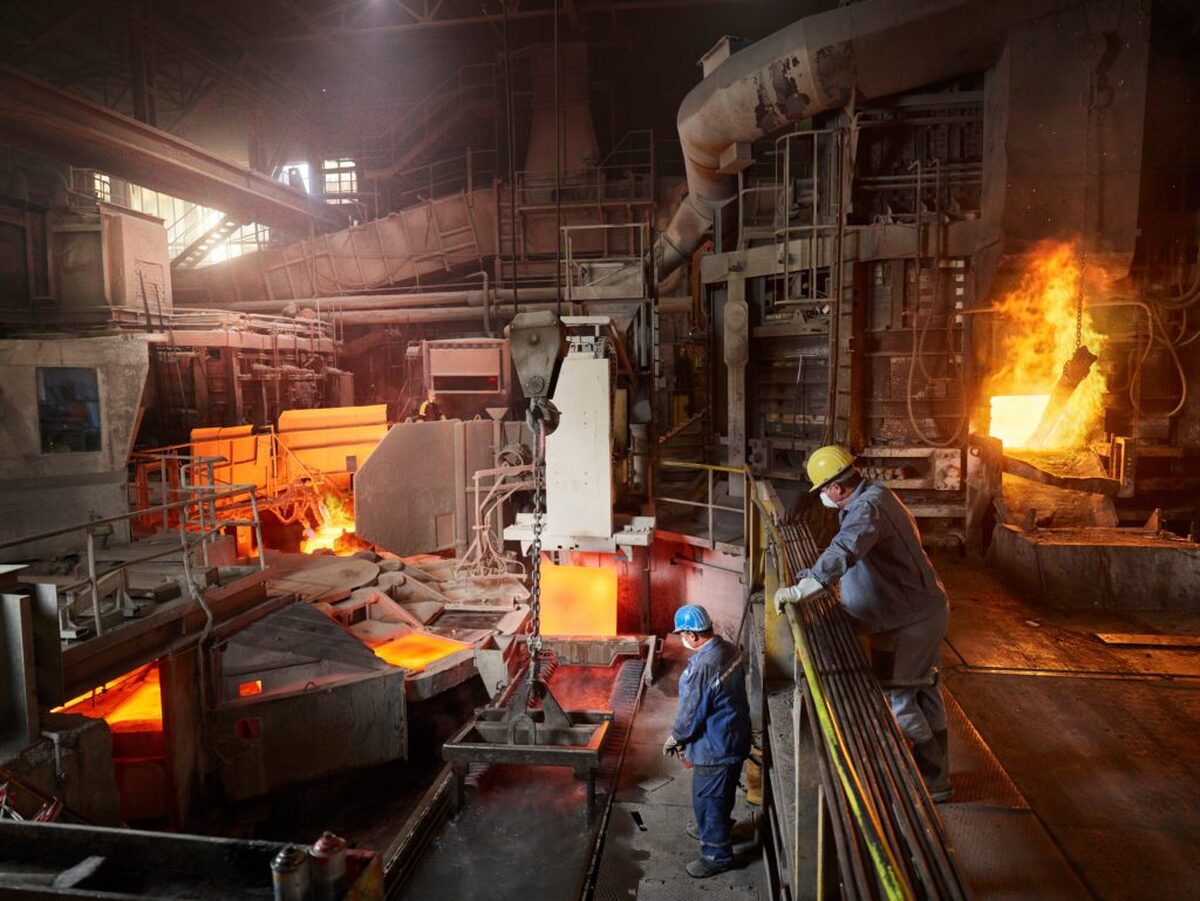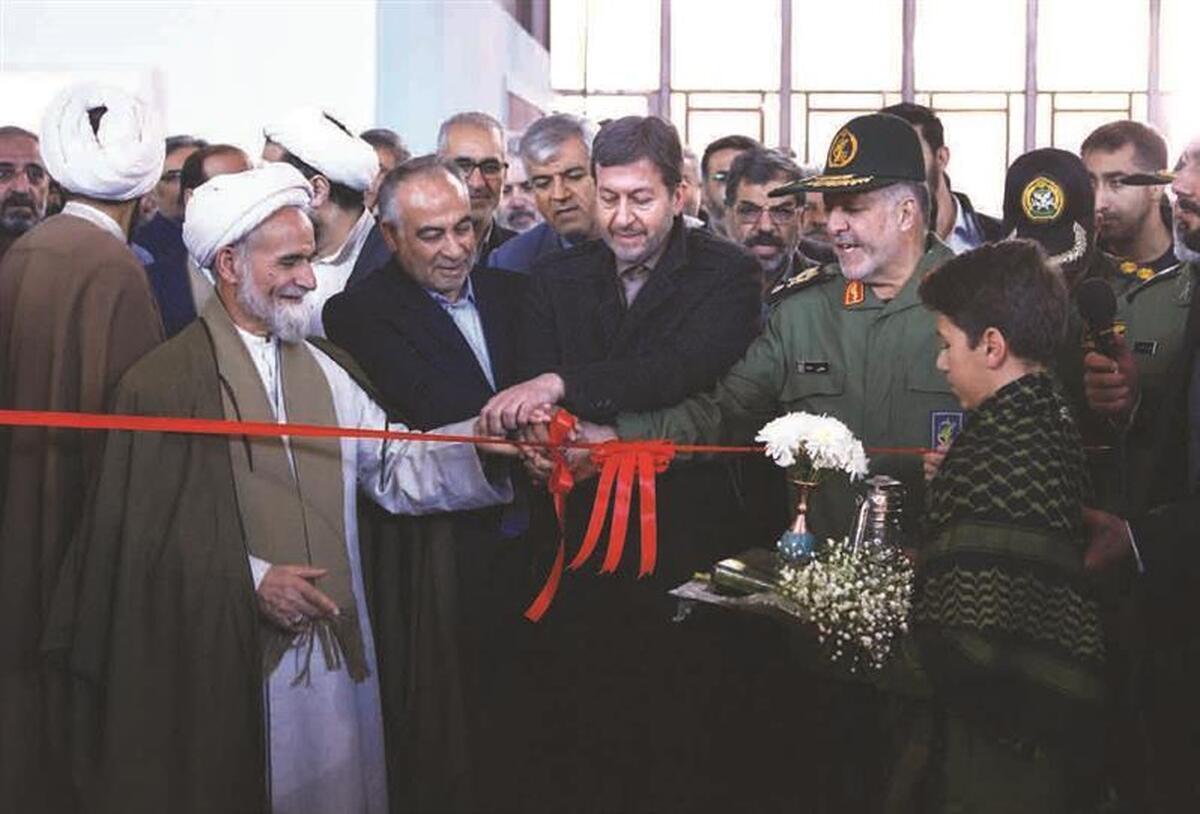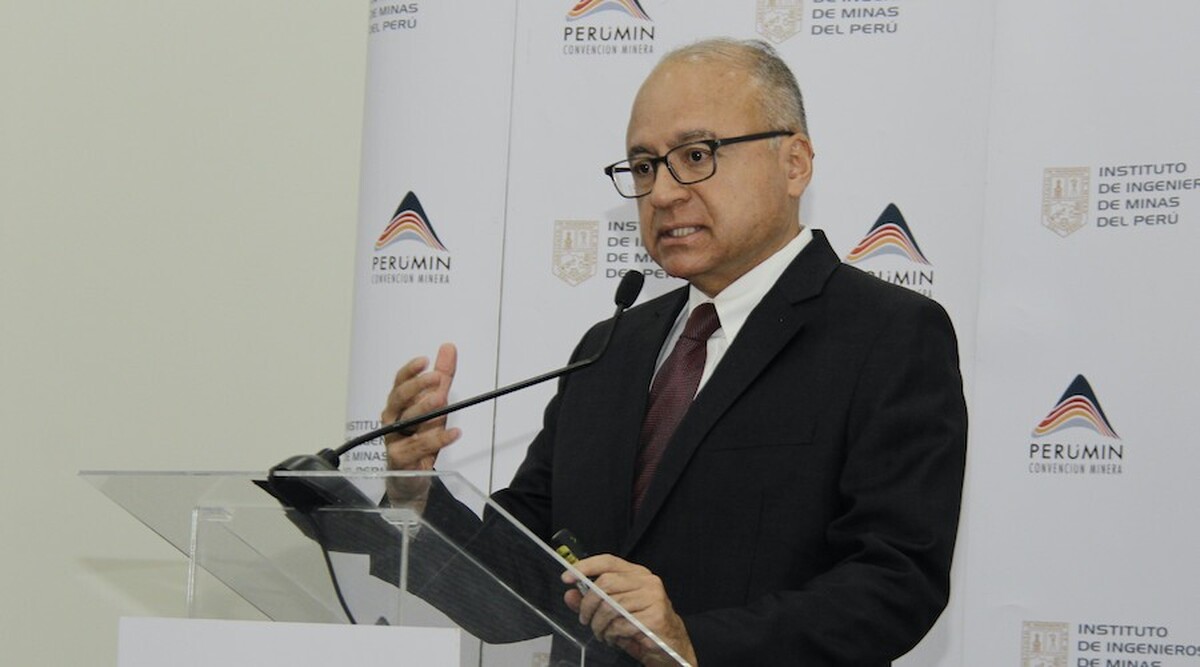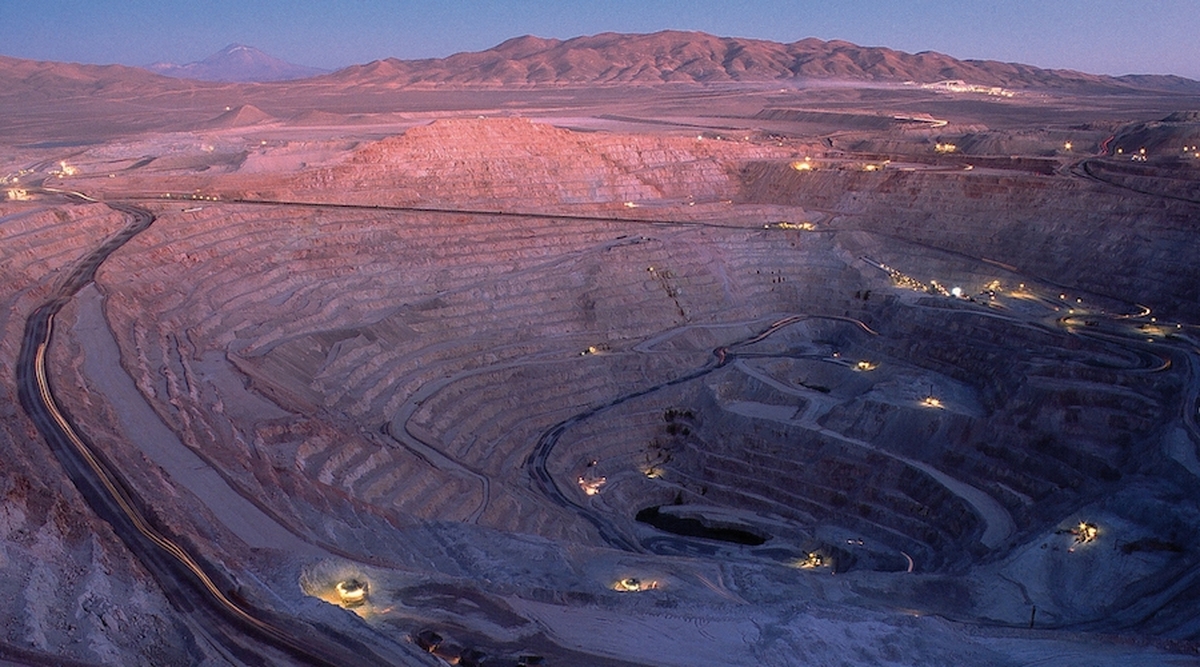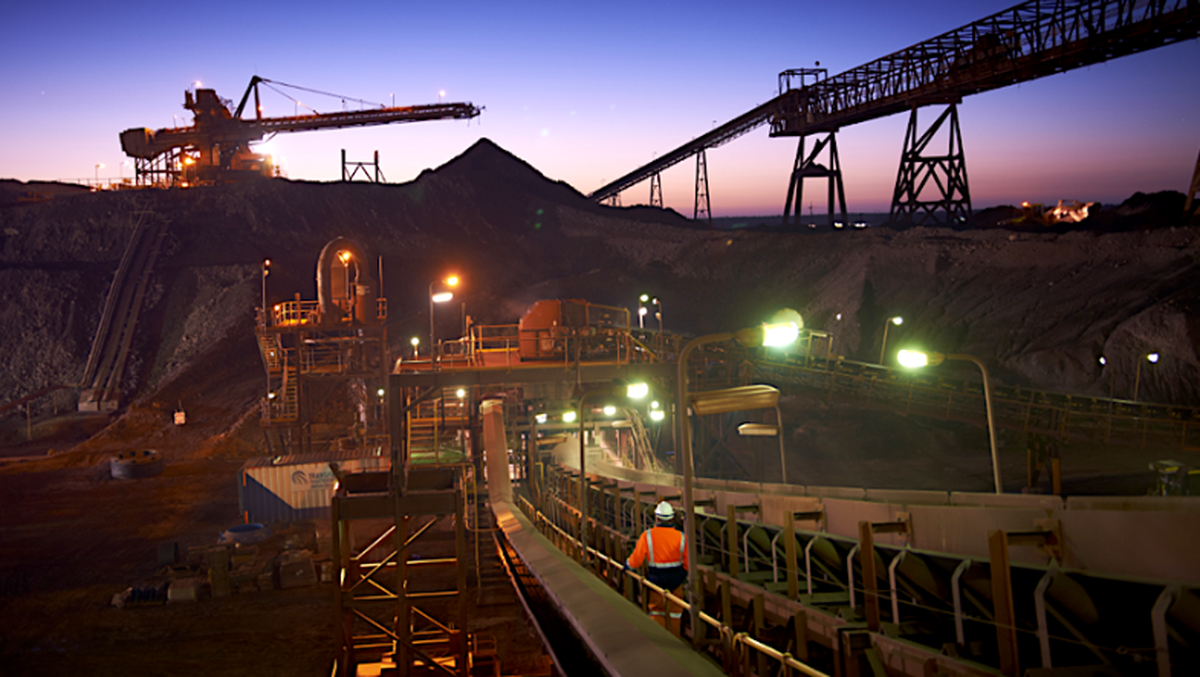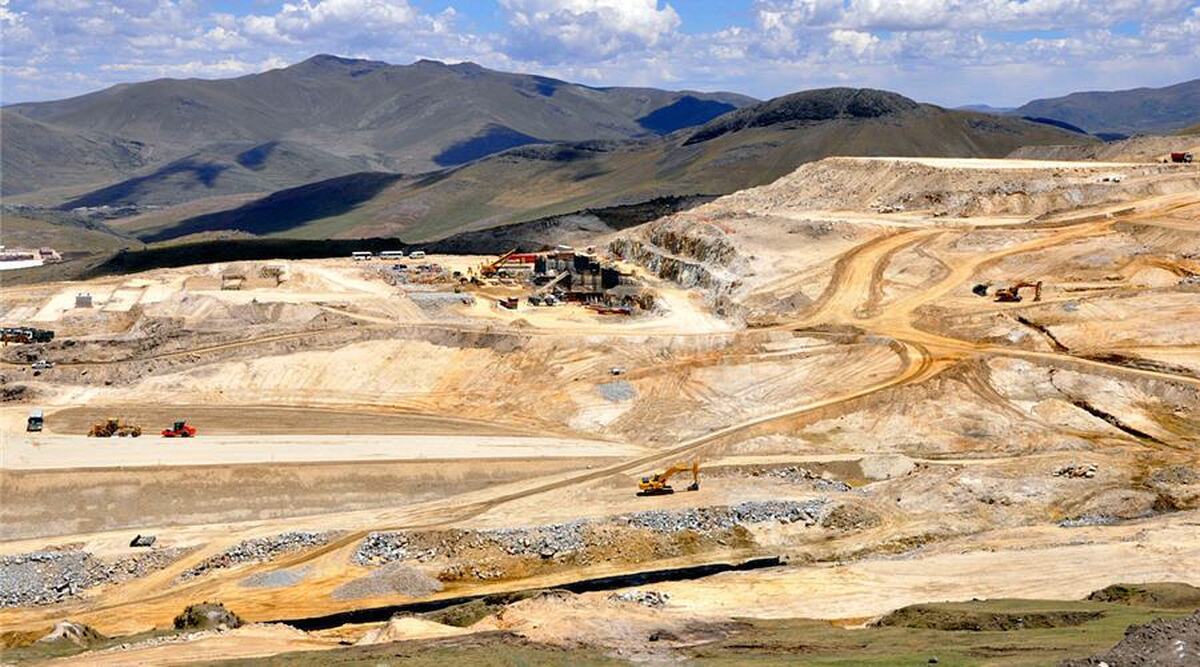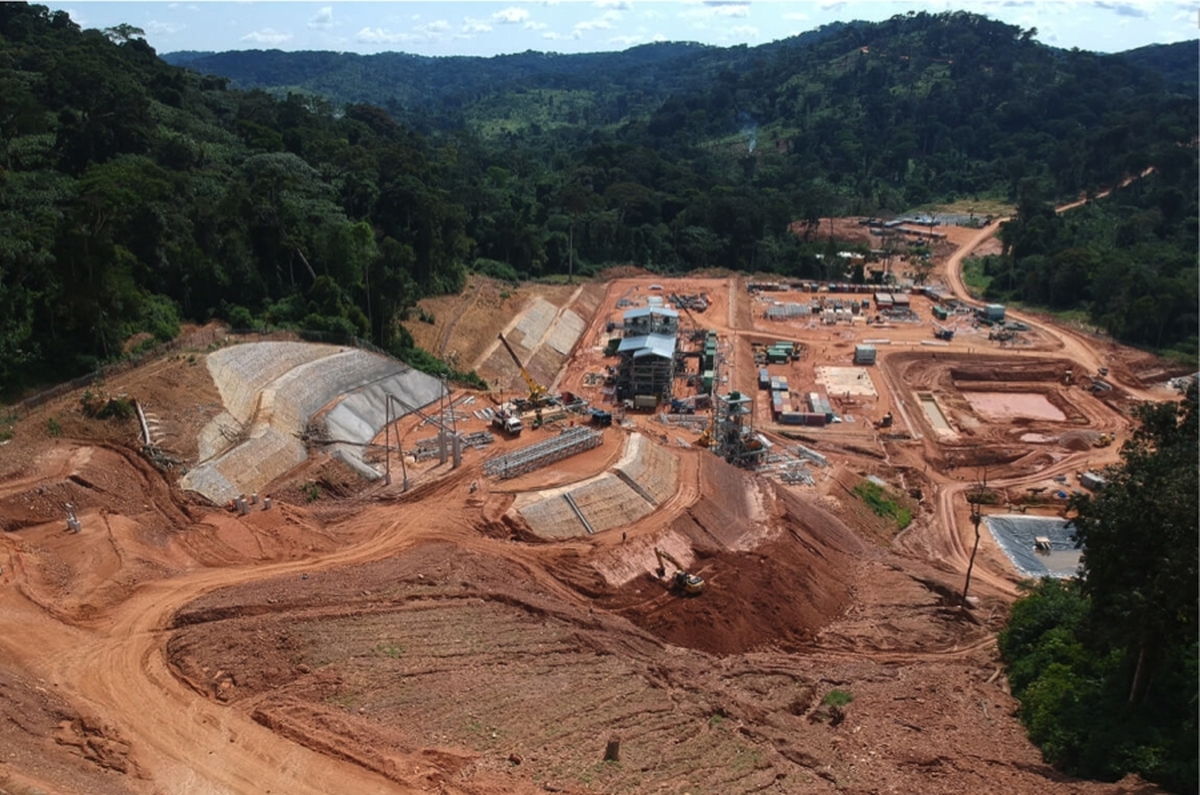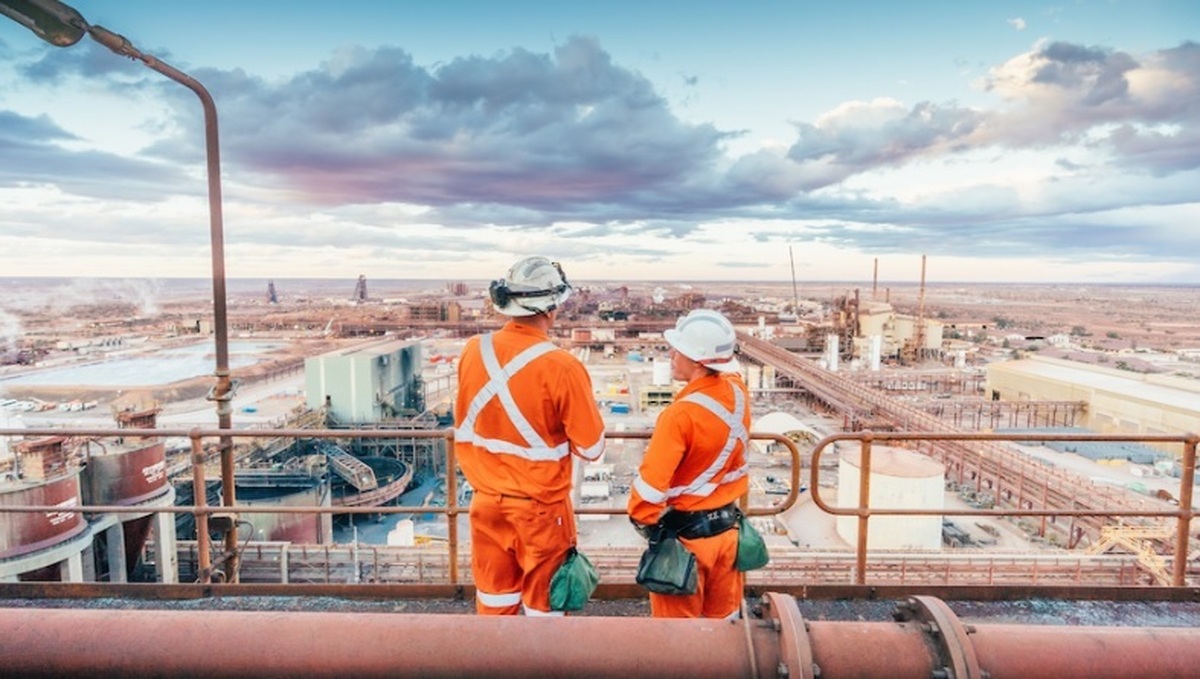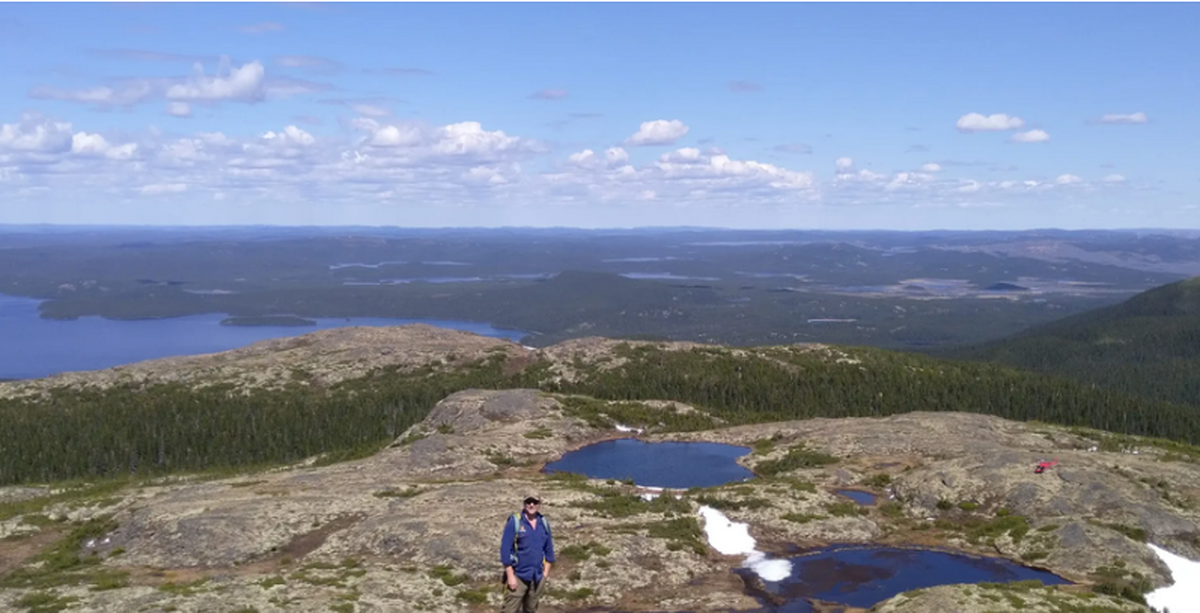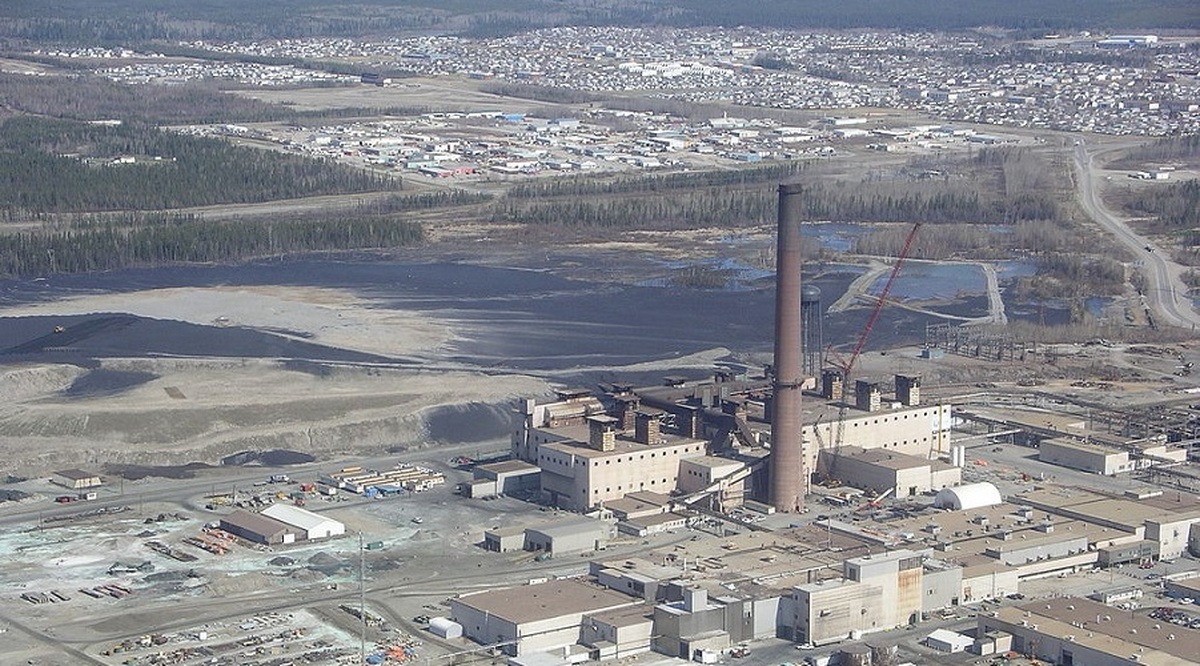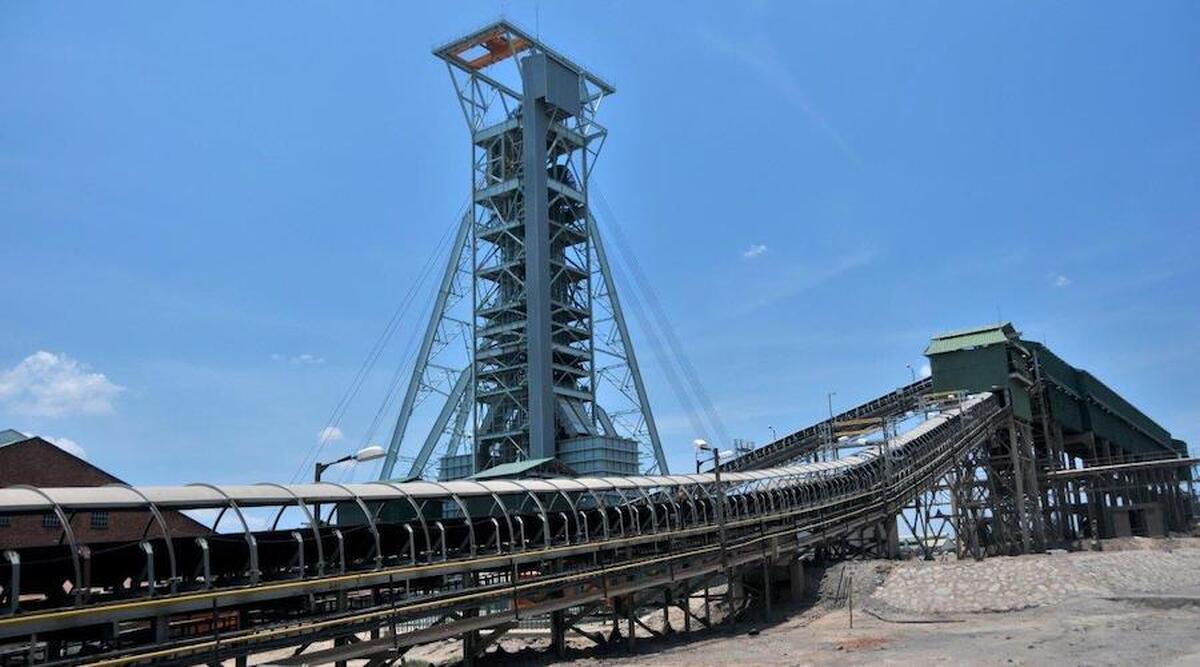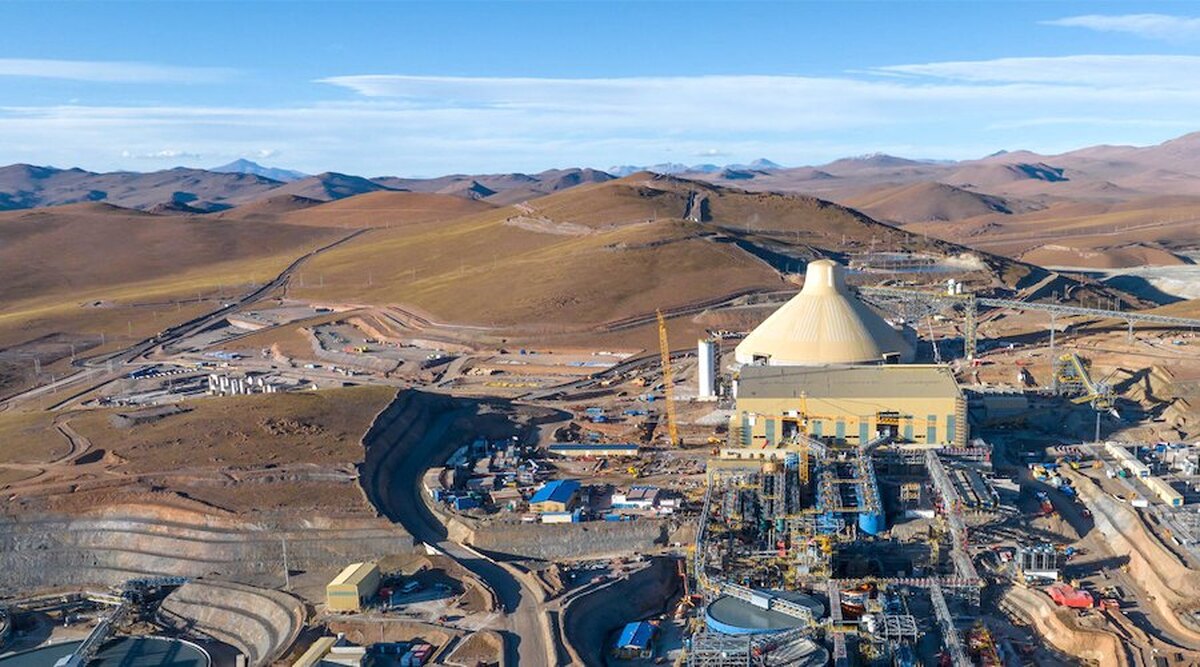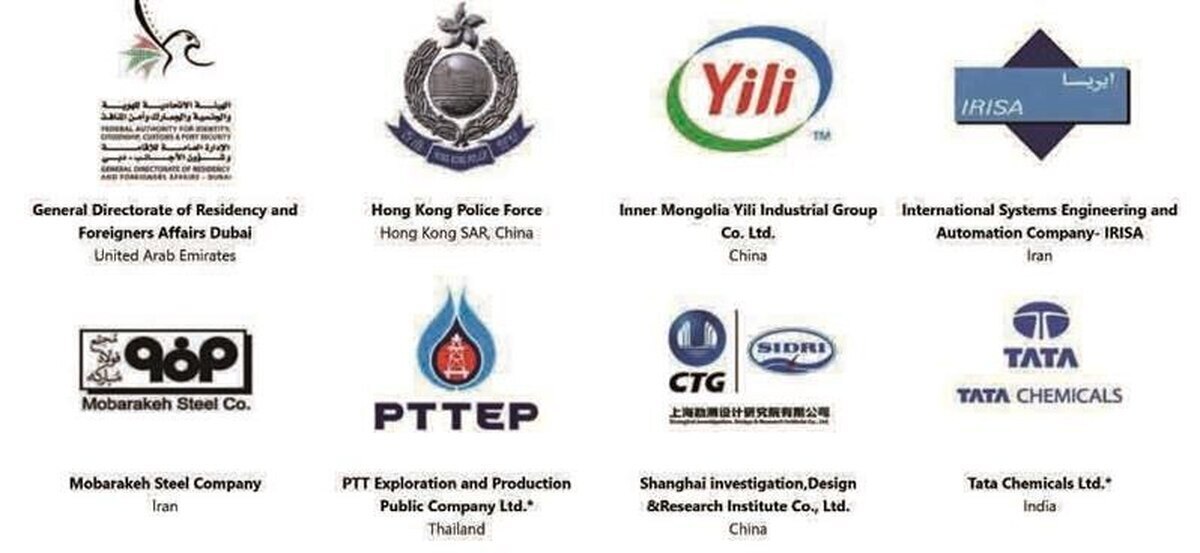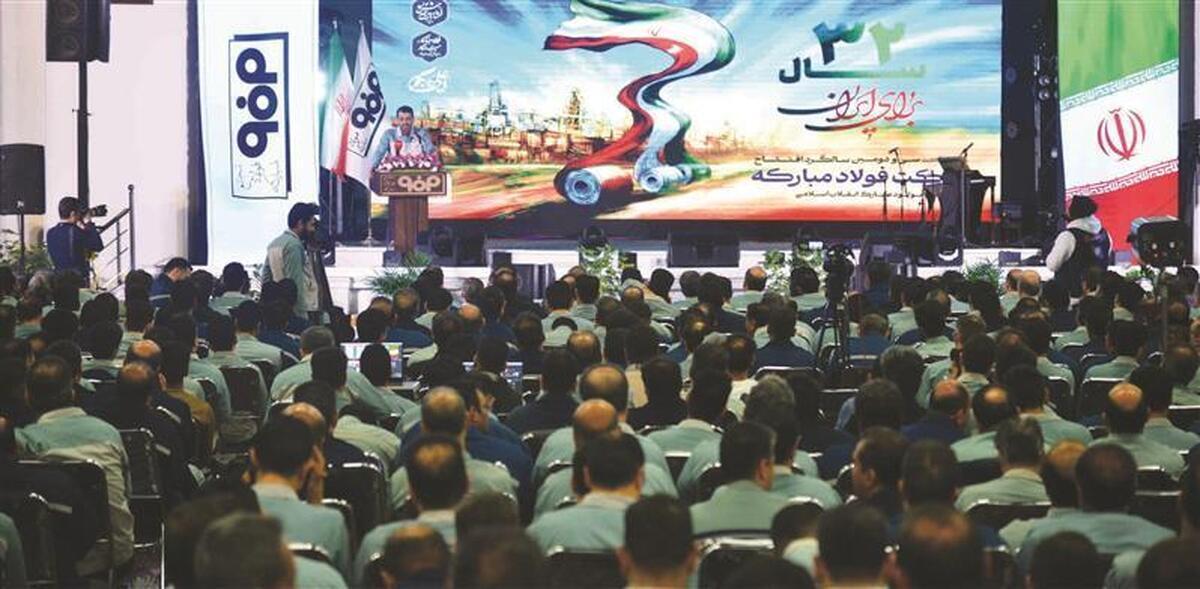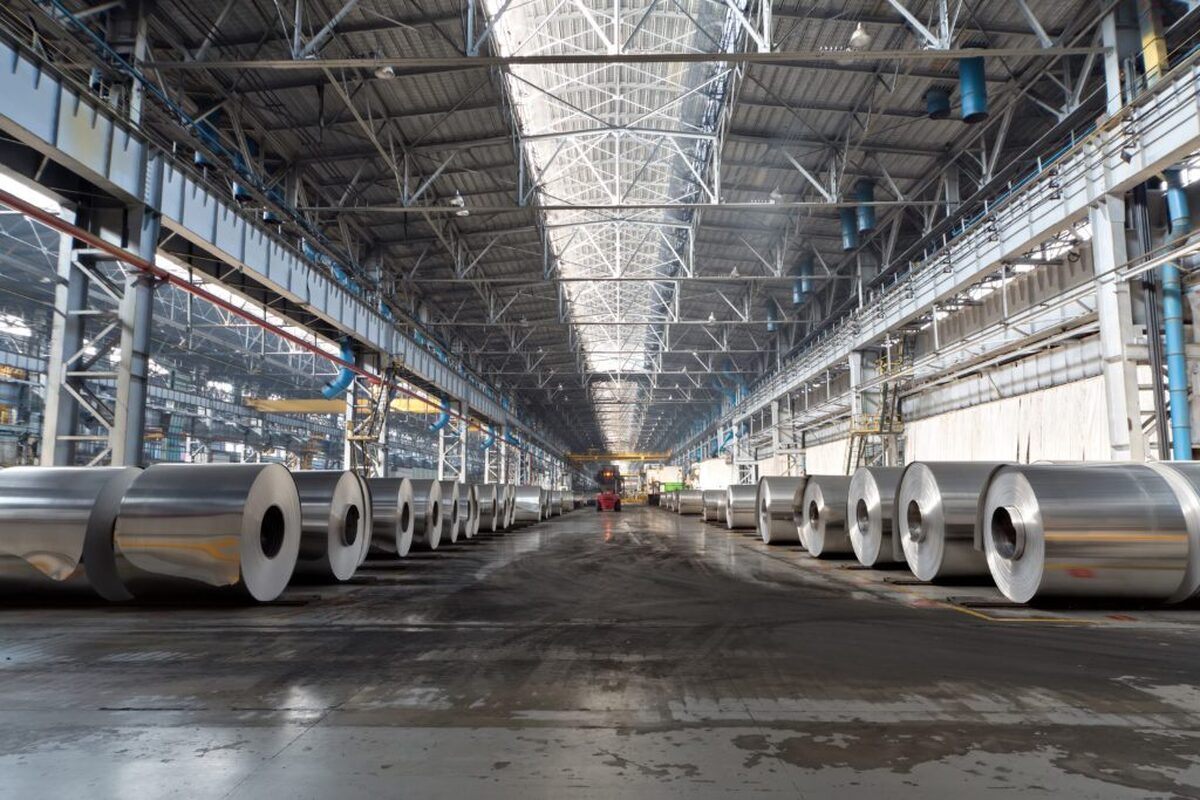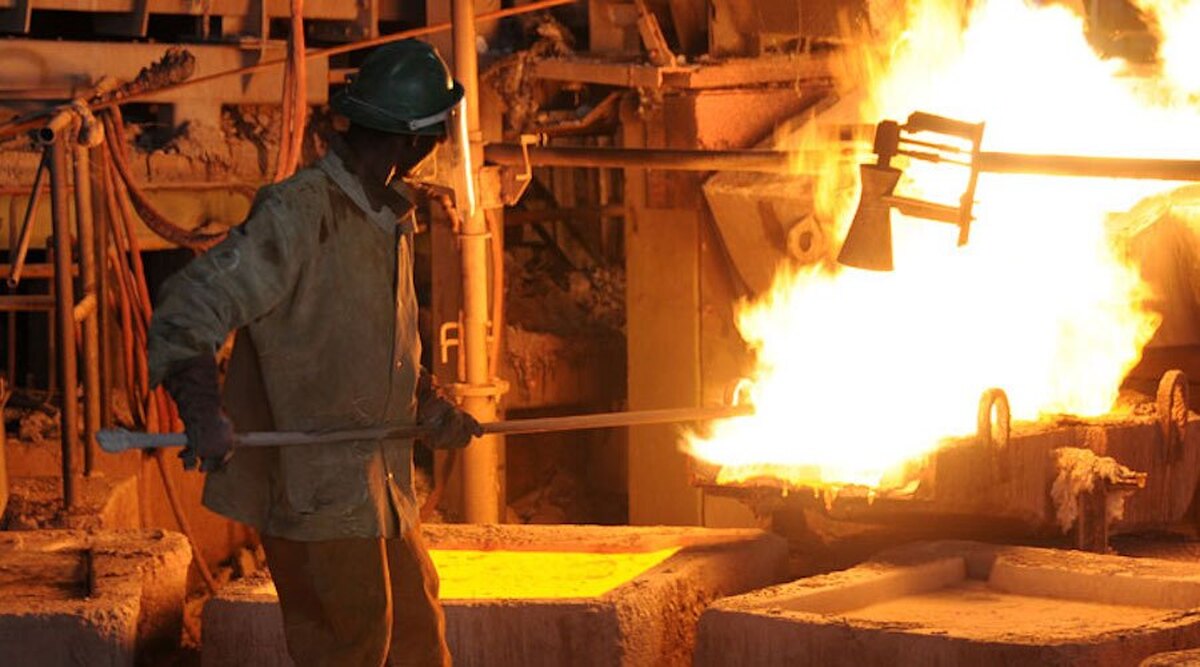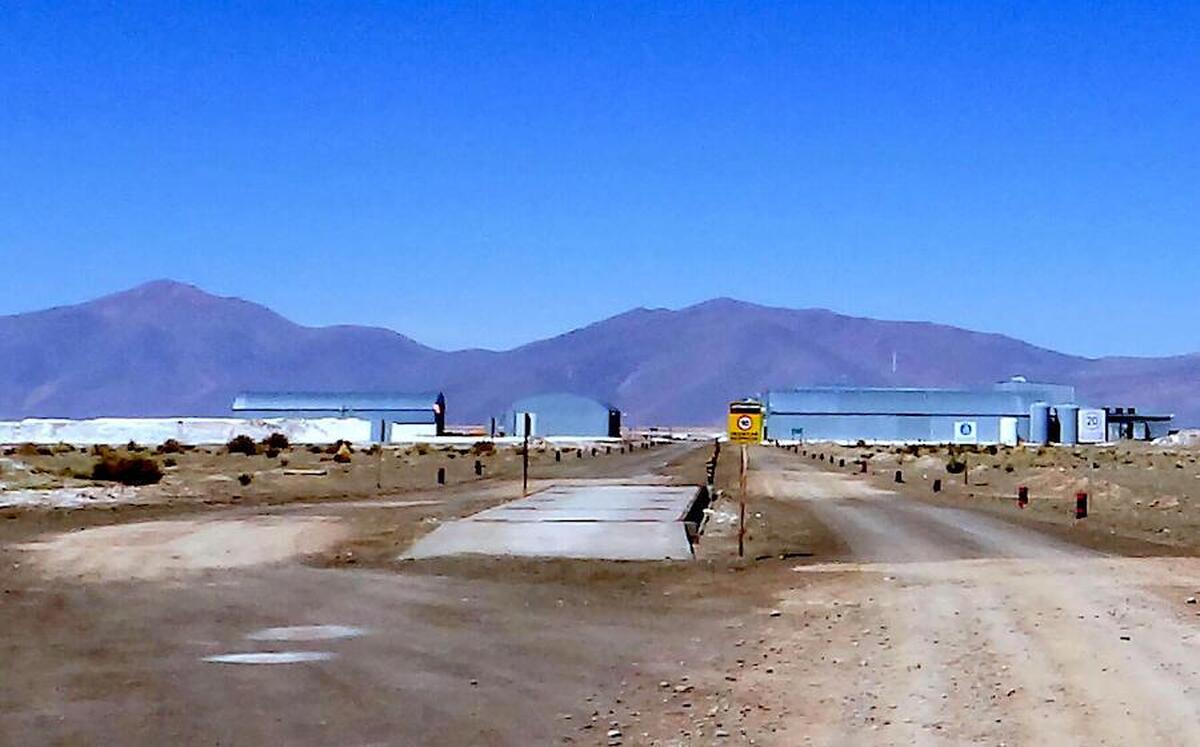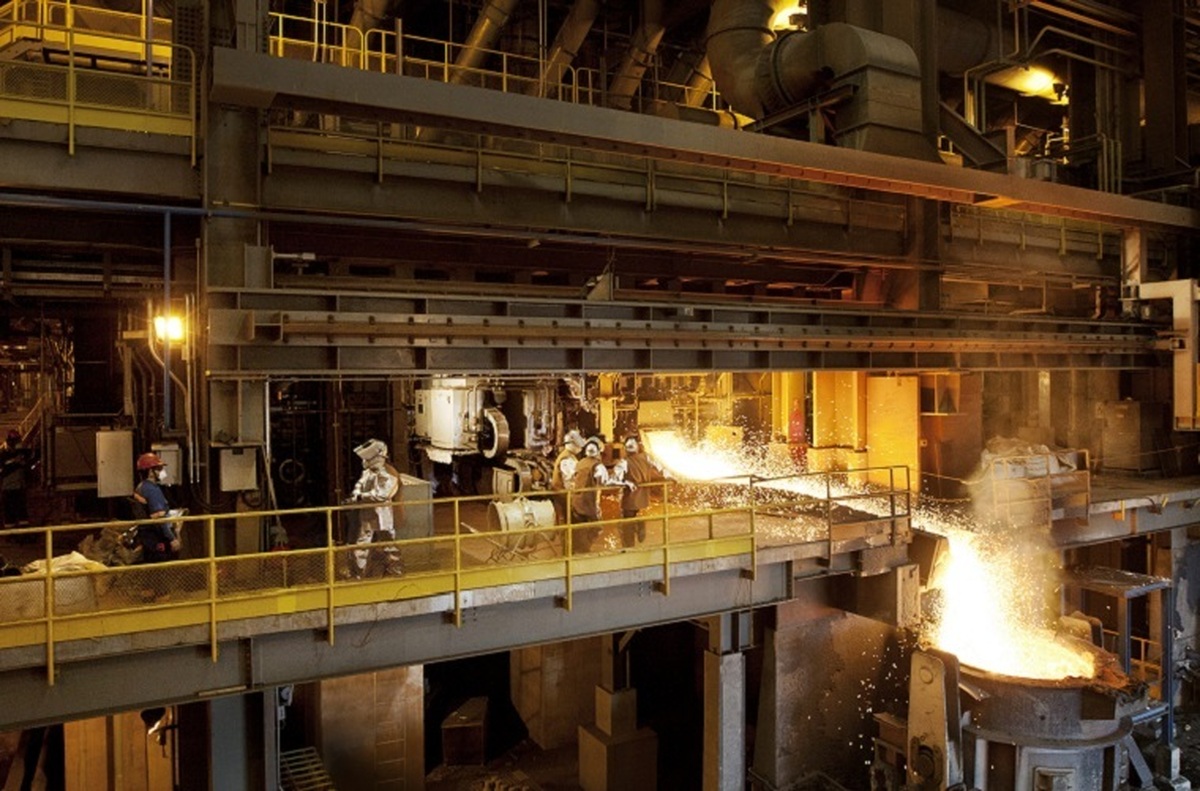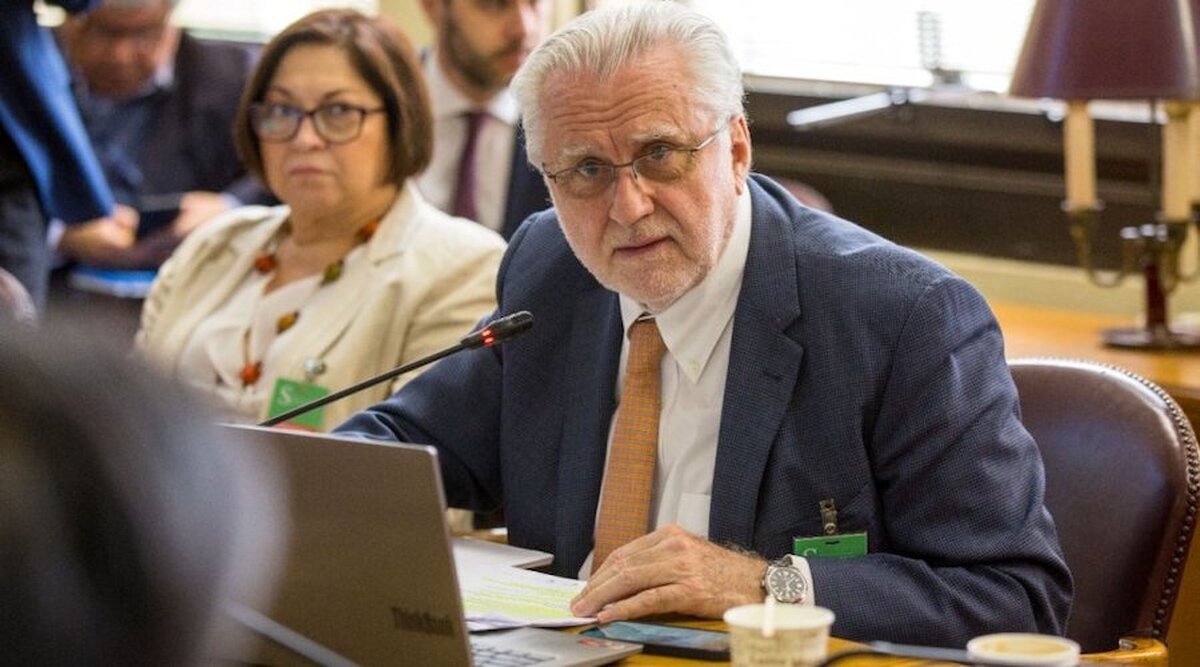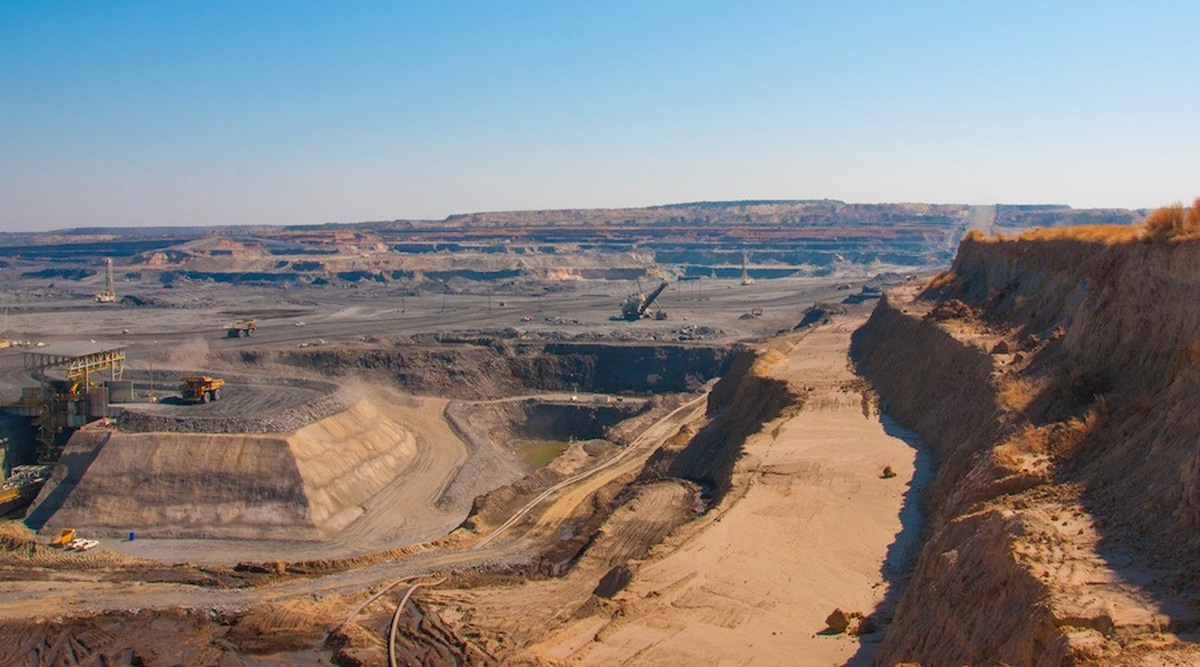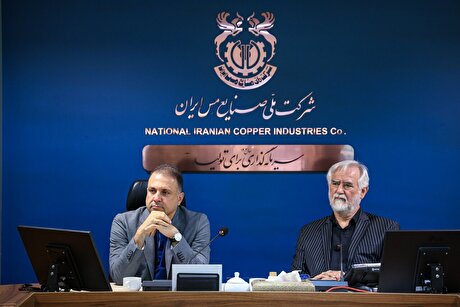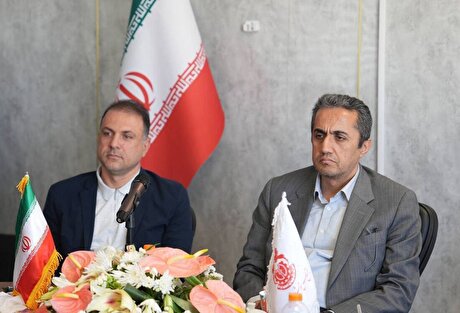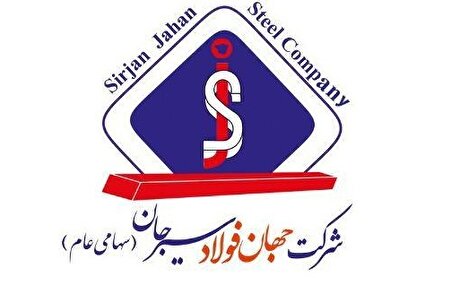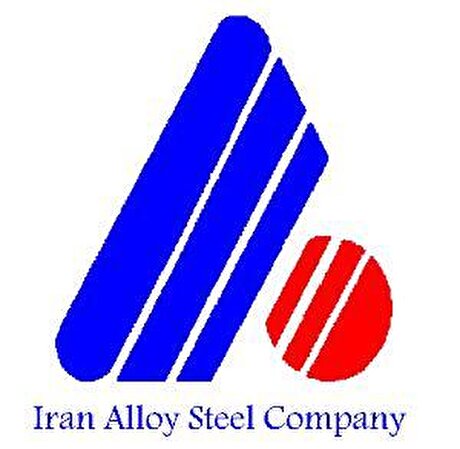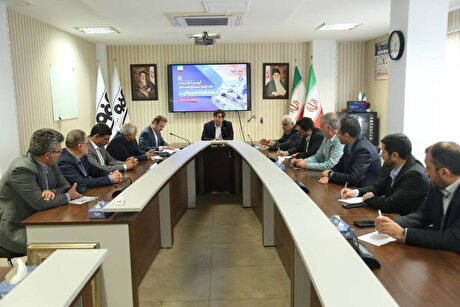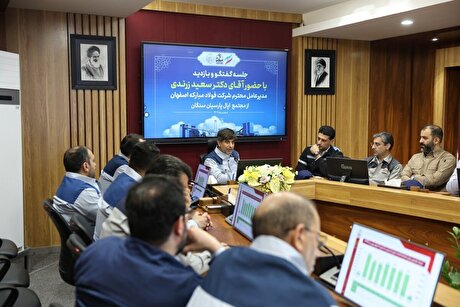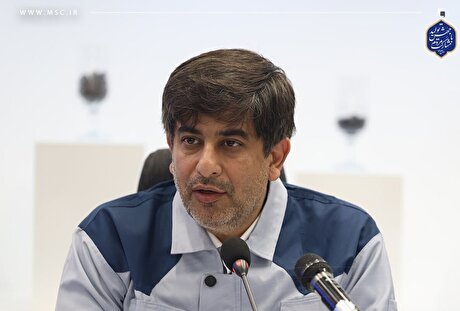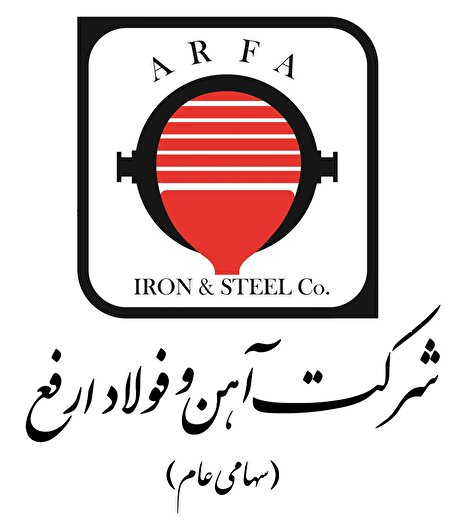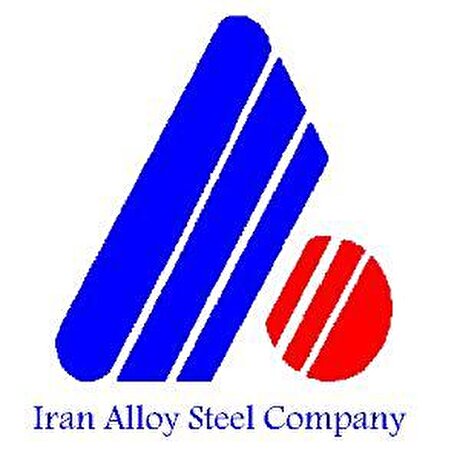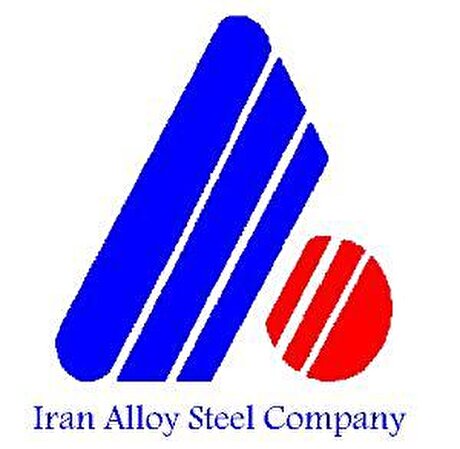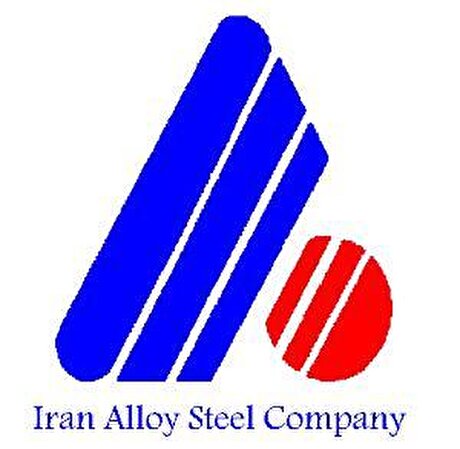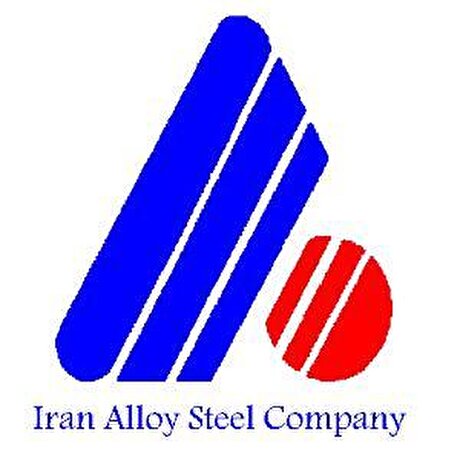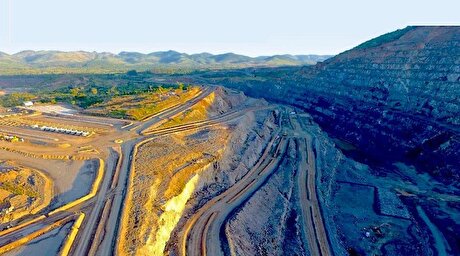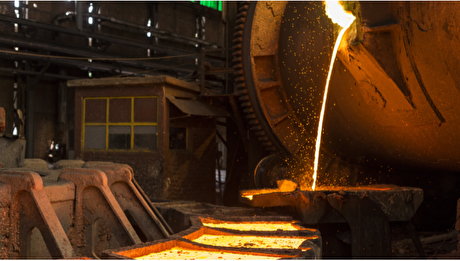
Rio Tinto bets on Trump support for long-stalled Arizona copper mine
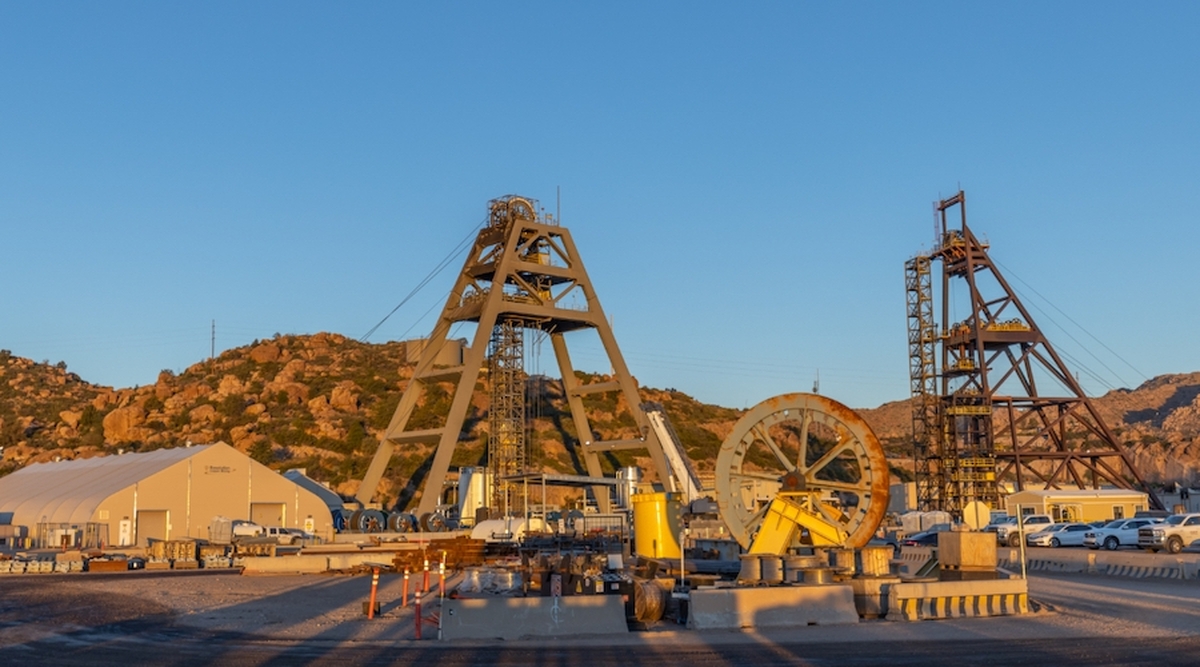
According to me-metals cited from mining.com, The mining giant has faced a 12-year permitting battle to develop the Resolution mine, which has the potential to supply more than a quarter of the US domestic copper needs for decades.
“I do think that we have really good chances now to progress that project,” chief executive Jakob Stausholm told the Financial Times. “We have made a lot of progress.”
Development progress on the mine remains tied up in US courts, partly due to opposition from Native American groups. The mine’s development would create a massive crater, impacting a sacred site where Arizona’s San Carlos Apache tribe conducts religious ceremonies.
Stausholm noted that Rio Tinto remains in discussions with Native American tribes, emphasizing the company’s commitment to United Nations principles that require obtaining full consent from Indigenous groups before proceeding with mining on traditional lands.
Rio Tinto owns a 55% stake in the Resolution project, while BHP holds the remaining 45%. The deep underground mine, once operational, is projected to produce up to 1 billion pounds of copper annually.
Copper ambitions
The world’s second largest miner has been expanding its copper business to meet an anticipated surge in global demand that could outpace supply.
As part of its growth strategy, Rio Tinto has formed partnerships with other major players in the copper industry, including Chile’s state-owned copper producer Codelco.
Rio has also teamed up with First Quantum Minerals (TSX: FM) to advance the La Granja project in Peru, ranked as the world’s fifth-largest copper deposit.
The company is also testing innovative technologies to extract copper more sustainably. Its Nuton bioleaching technology, developed in partnership with Arizona Sonoran Copper (TSX: ASCU), aims to recover copper from tailings.
The Resolution copper mine is among several projects expected to benefit from Trump’s regulatory policies, which include fast-tracking approvals for companies investing over $1 billion in the US.
source: mining.com

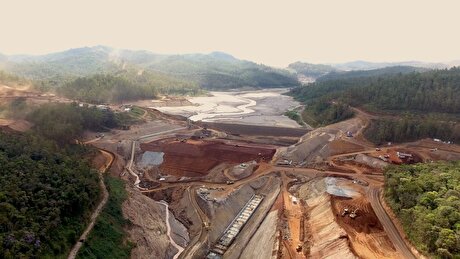
Samarco gets court approval to exit bankruptcy proceedings
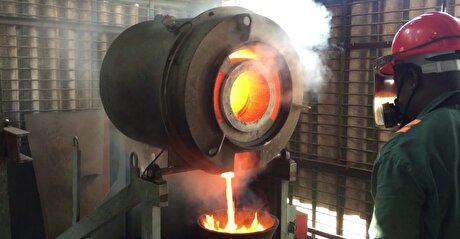
Zimbabwe labs overwhelmed as gold rally spurs exploration, miner says
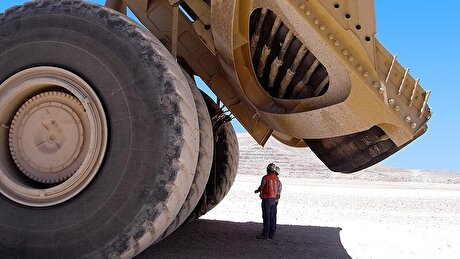
Cochilco maintains copper price forecast for 2025 and 2026

Gold price stays flat following July inflation data
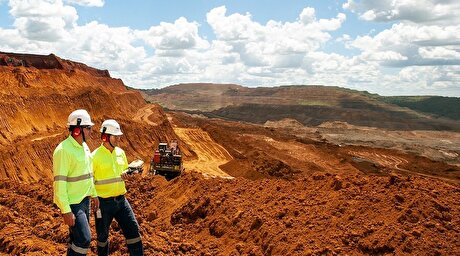
Mosaic to sell Brazil potash mine in $27M deal amid tariff and demand pressures
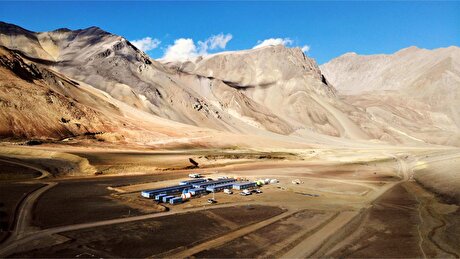
Glencore seeks $13 billion in incentives for Argentina copper projects

HSBC sees silver benefiting from gold strength, lifts forecast
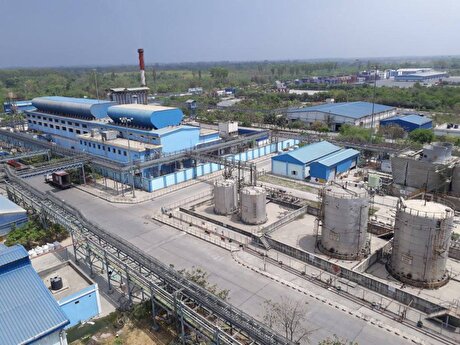
Hindustan Zinc to invest $438 million to build reprocessing plant
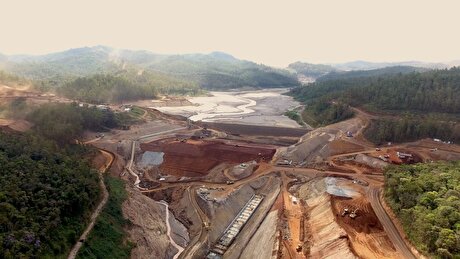
Samarco gets court approval to exit bankruptcy proceedings
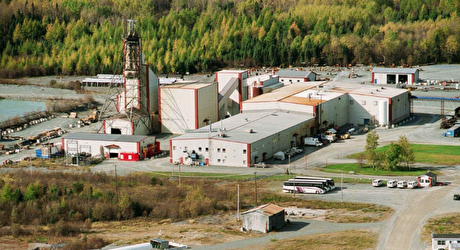
Abcourt readies Sleeping Giant mill to pour first gold since 2014

Roshel, Swebor partner to produce ballistic-grade steel in Canada

EverMetal launches US-based critical metals recycling platform
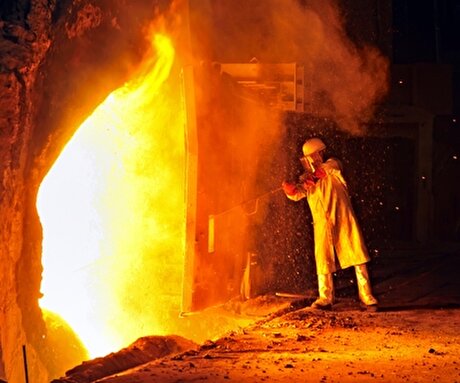
Iron ore price dips on China blast furnace cuts, US trade restrictions
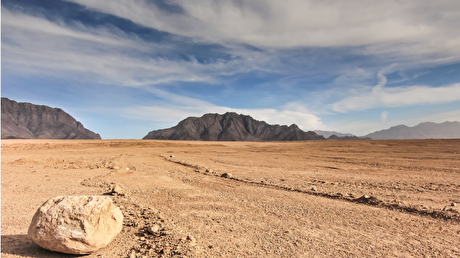
Afghanistan says China seeks its participation in Belt and Road Initiative
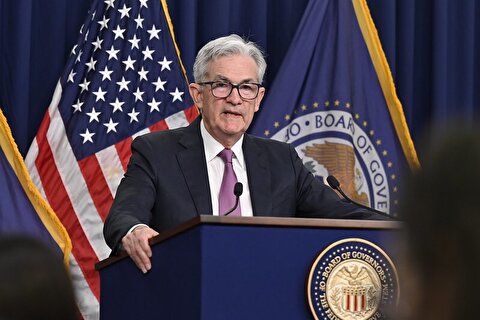
Gold price edges up as market awaits Fed minutes, Powell speech
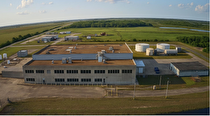
Flash Metals USA advances critical minerals recovery plant in Texas
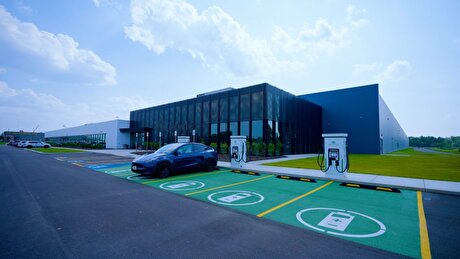
Glencore trader who led ill-fated battery recycling push to exit
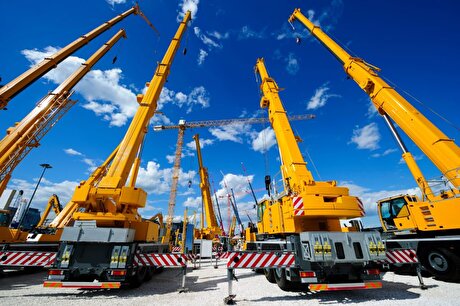
US hikes steel, aluminum tariffs on imported wind turbines, cranes, railcars
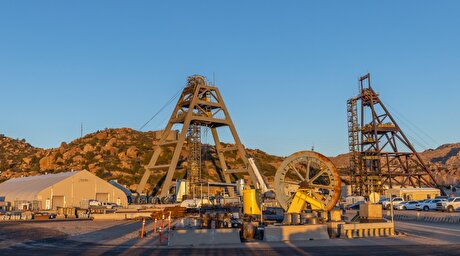
US appeals court temporarily blocks land transfer for Resolution Copper

Abcourt readies Sleeping Giant mill to pour first gold since 2014

EverMetal launches US-based critical metals recycling platform

Iron ore price dips on China blast furnace cuts, US trade restrictions

Afghanistan says China seeks its participation in Belt and Road Initiative

Gold price edges up as market awaits Fed minutes, Powell speech

Flash Metals USA advances critical minerals recovery plant in Texas

Glencore trader who led ill-fated battery recycling push to exit

US hikes steel, aluminum tariffs on imported wind turbines, cranes, railcars

US appeals court temporarily blocks land transfer for Resolution Copper


